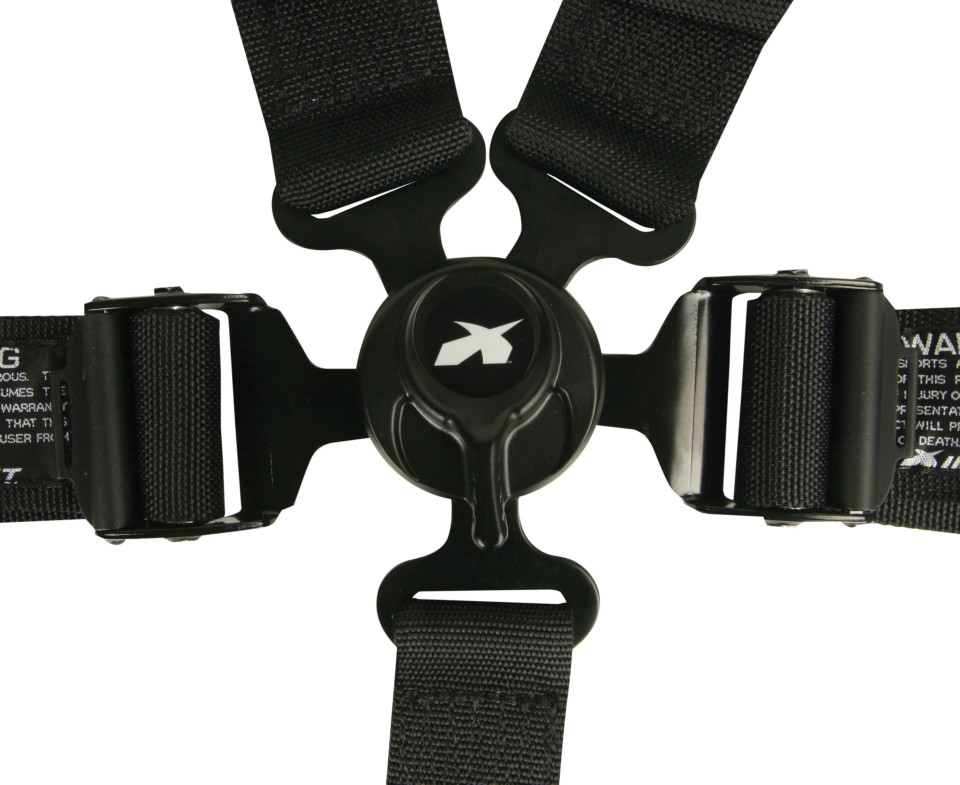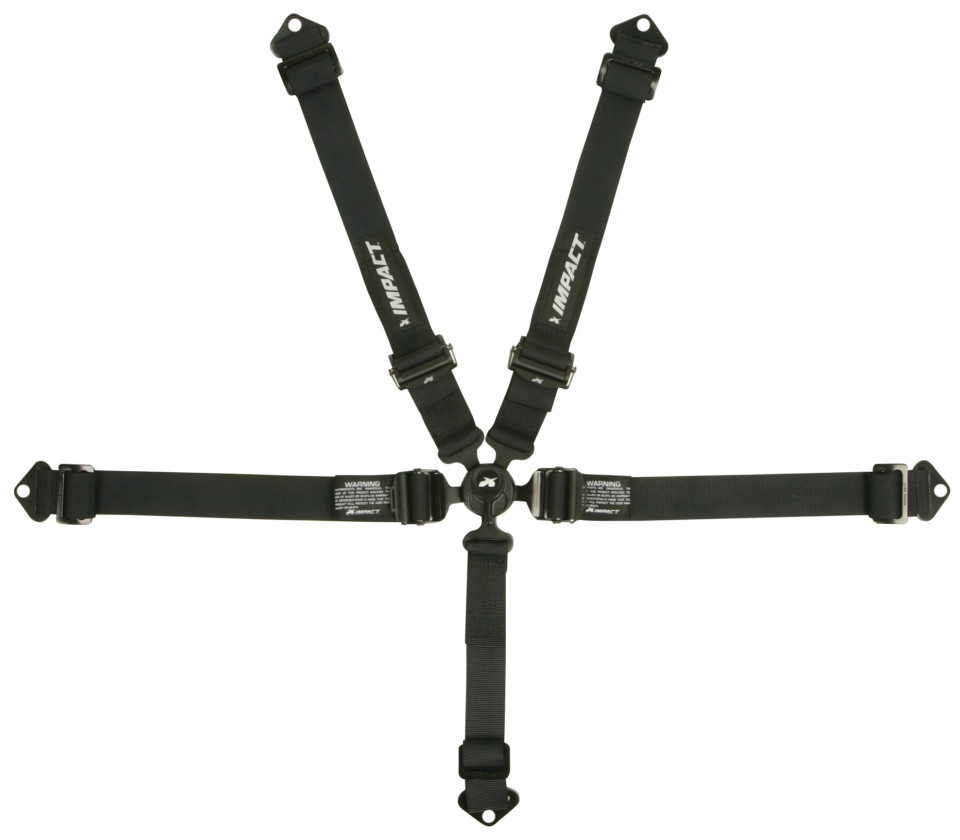Anyone who’s tried cinching themselves into a racing seat can attest to the challenge of getting well and truly secure. With a HANS device and a narrow viewport limiting one’s field of vision, it’s quite tricky to locate the straps of your racing harness, let alone get a good grip on them. Awkward angles and poor ergonomics limit the amount of leverage a driver has on their belt adjusters, and often another person needs to help tighten the belts before the driver is well and truly secured in the seat.
Unfortunately, there isn’t always a pair of helping hands available in a race, so Impact Racing stepped in to develop a new system to ensure the driver is fully secured in the seat. “What’s most important for us is that the driver’s belts are tightened as quickly as possible. Unfortunately, we’ve seen many co-drivers in offroad racing hop into a car after wrenching, take off, and struggle to tighten their belts while the car is charging along at full speed. Our concern is in ensuring their safety while keeping them competitive,” said Impact Racing’s Ben O’Connor.
Their new Integrated Cam Lock Restraint places the belt adjusters centrally, where they’re easily located, loosened, and tightened. In fact, the adjuster is built into the tang (the industry term for the locking tab), which is located just two inches from the cam lock’s center. This allow for quick and easy adjustment, and avoids irritating ergonomic issues associated with the older design.
“When the adjusters are mounted so far from the cam lock, we see several problems. Whether they’re pulling up or down on the adjusters, it’s usually difficult to get the right sort of leverage on them; the arms have to bend at an awkward angle, and few have the strength to adjust the belts properly. When pulling up, there’s a good chance of locking the adjuster; making the adjustment impossible. Additionally, if the seat isn’t set up perfectly, a driver can run out of adjustment before they’re fully secured,” O’Connor adds.
Even if the seat is set up correctly, regular readjustment—as is the case in an endurance race setting—can sometimes place the adjuster outside the seat, or leave it caught on an edge. Racing is draining enough without little irritations slowly draining a driver’s energy. For a team with a variance in driver size, or simply a driver who’d rather not rely on his mechanic to get seated, this new arrangement makes racing simpler and much safer.





